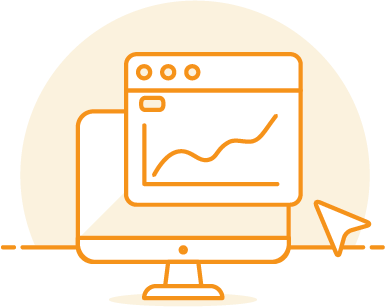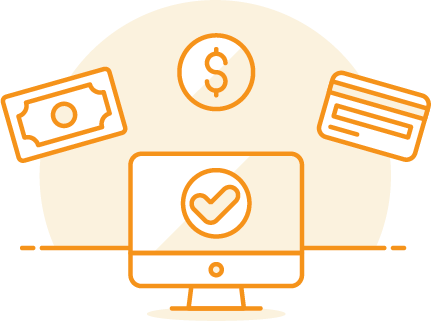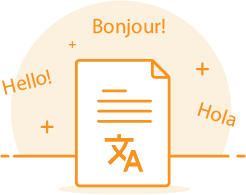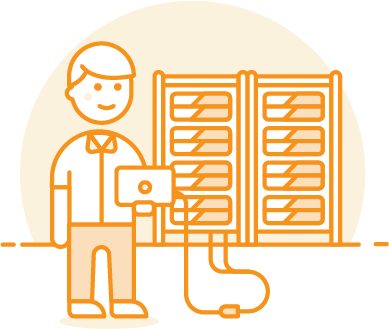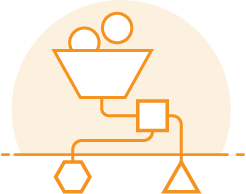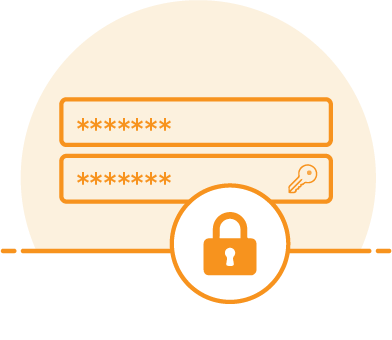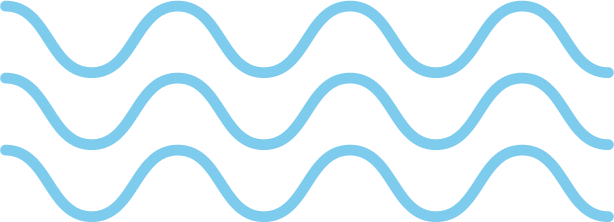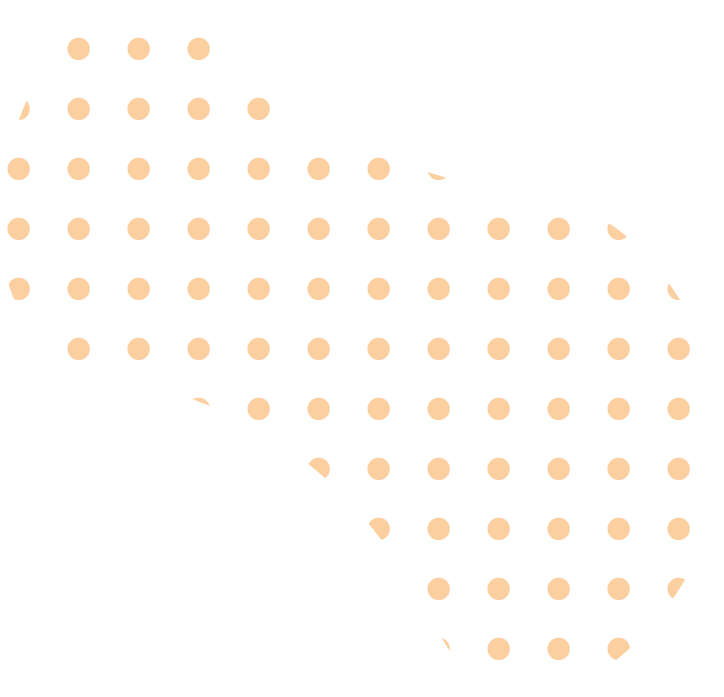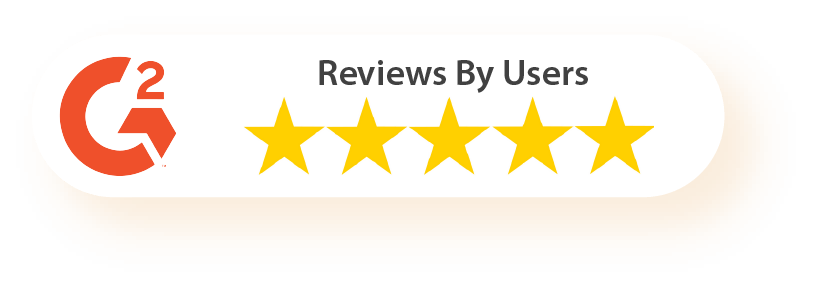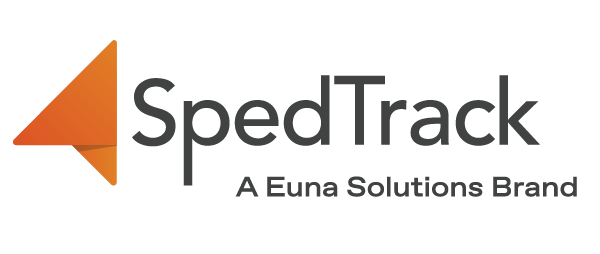What is a Progress Monitoring Graph
Progress monitoring graphs in special education are utilized by special educators for students with disabilities to measure progress and student performance throughout the year.
Progress monitoring graphs typically come in the form of a line graph and have both a horizontal axis and a vertical axis. They show how much student progress has been made on the student’s goals over the course of the IEP.
Every state requires monitoring progress within special education programs. It often involves progress areas and whether progress is being made at a rate that would indicate the student will achieve their Individualized Education Plan (IEP) goals by the end of the IEP cycle.
Graphing Tools in Special Education
For students with disabilities, progress monitoring provides information about progress towards IEP goals. Graphing tools provide objective, accurate progress monitoring of progress.
Educators often use progress monitoring data to inform their intervention practices and make instructional decisions. Special education teachers work with students on an individualized instruction plan which includes measurable IEP goals.
Progress monitoring tools assist educators in tracking IEP goals and evaluating the effectiveness of their programs.
Graphing tools visualize student data, making it easier to interpret and get insights from progress monitoring data.
The Benefits of Goal Setting with Progress Monitoring Graphs
Individuals with Disabilities Education Act (IDEA) specifies that the IEP should reflect how the child’s progress will be measured. Setting Specific, Measurable, Attainable, Relevant, and Time-based (SMART) goals should be one of the first steps in progress monitoring.
Starting with goal-setting ensures that progress tracking hinges on defined targets and benchmarks. It will also enable a systematic, quantitative, and objective reporting of the child’s progress in the form of concrete evidence.
Regular progress monitoring supports IEP goals because it shows teachers if the students are meeting the targets they established. Progress monitoring graphs provide a visual of the progress being made by students in special education.
They also define the baseline and goal lines to assist students in measuring their progress.
The graphs consist of the following:
- A baseline – a line that runs along the horizontal axis showing where the student currently is.
- A mastery line – a horizontal line that shows where the student should be when they master their goal.
- An aim line – a vertical line that goes from the baseline to the mastery line in the allotted goal period.
- A trend line – a diagonal line which shows the current trend of progress the student is displaying.
Progress monitoring graphs can show students’ progress over time by demonstrating their performance as they work towards their IEP goals. This helps teachers understand if interventions are working, which in turn, provides information about what changes are required to improve student progress.
How to Use a Line Graph for Progress Monitoring
Using a line graph for progress monitoring involves the following steps:
- Drawing a goal line
- Logging data points over time
- Facilitating review
Draw a Baseline, Goal, and Mastery Line
Beggining with baseline, make a horizontal line that represents where the student is currently at in their goal. Next, make another horizontal line that reflects where the student will be whenever they have mastered the goal. The Goal line will connect the Baseline with the Mastery line in the allotted timeframe of the goal.
Special education teachers can use progress data to demonstrate to the IEP team how the student is progressing towards their IEP goals.
Gather Data Points
This is where IEP data collection enters the picture.
IEP data collection is vital for progress monitoring. Data collected during an IEP cycle tracks student progress over time. These data points enable informed decision-making around the student’s learning experience.
A solid IEP data collection system is aligned to SMART goals and involves the following:
- Writing specific & measurable IEP goals and objectives;
- Ensuring collected data is attainable;
- Collecting data together by relevance; and
- A timely data collection.
IEP data collection enables a systematic, quantitative, and objective reporting of the child’s progress in the form of concrete evidence.
Standardized test results are a way special education teachers gather data points and plot it on a trend line. Other examples of progress monitoring methods are:
- Curriculum-based Measurement Testing (CBM)
- Learning Process Observations
- Formative Assessments
- Computer Adaptive Testing (CAT)
Facilitate Review
The last step is to facilitate a review.
Go over the IEP goals and progress monitoring data points, comparing the baseline, trend line, and mastery line to determine the student’s performance throughout the IEP cycle compared to previous periods.
Gather insights and provide recommendations to be included in the progress monitoring report.
Graphing Tools with Progress Monitoring Software
Creating progress monitoring graphs can be easier and more accurate by using graphing tools in progress monitoring software.
SpedTrack’s robust suite of special education tools and features can streamline your progress monitoring efforts, providing accessibility for multiple IEP team members.
SpedTrack lets you see how the student is tracking against their IEP goals. Once you enter a data point in SpedTrack, the system will instantly update the students current trend line and indicate if the student is still on target to master the goal by the goal’s projected mastery date.
- Predictive Graphing: SpedTrack’s graph tracks the student’s current progress, predicts their performance, and lets you know if they are on target to hit their goals or need adjustment.
- Baseline & Mastery Levels: On each graph, SpedTrack shows you the baseline and the mastery of the individual goal, creating a clear visual of the student’s performance and if they’re on track to mastering their goal.
Plot Your Progress Monitoring Graphs with SpedTrack
SpedTrack’s suite of progress monitoring tools can simplify special education for you.
Contact us to learn more about the benefits of leveraging our graphing tools and progress monitoring software.


